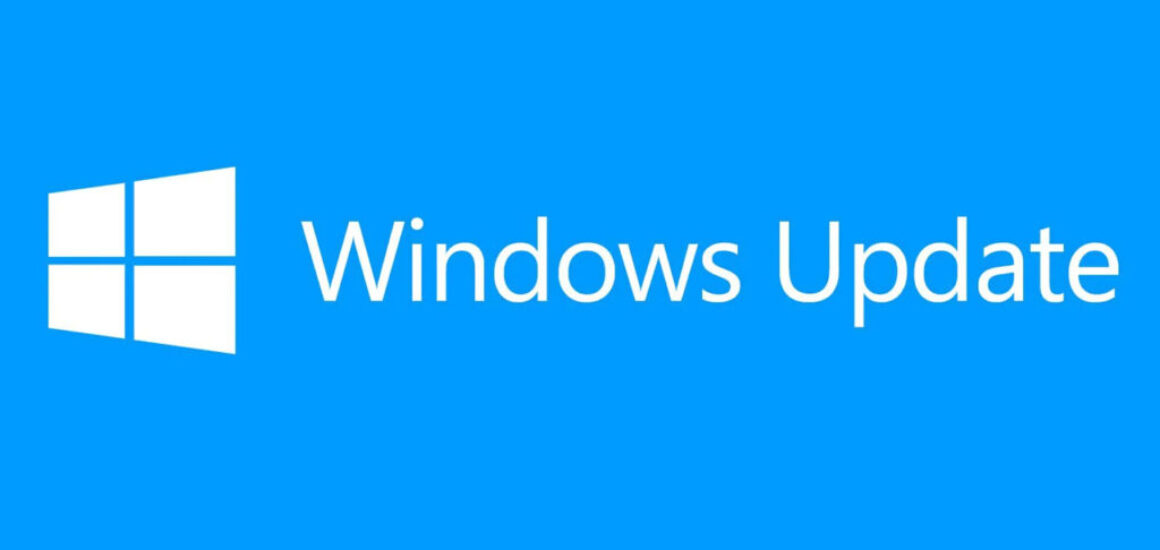What makes it essential to install updates and patches for Windows?
Windows updates and patches are of utmost importance for the security and stability of your operating system. The internet is rife with security vulnerabilities, and Windows, being one of the most widely used operating systems, is a common target for malicious actors. By exploiting these vulnerabilities, malware or hackers can wreak havoc on your software, cause data loss, and even engage in identity theft. As such, regularly applying updates is not just a recommended practice, but a vital necessity to safeguard your digital environment.
For system administrators, the monthly ritual of updating may not be the most enjoyable task, but it is a crucial responsibility. The potential consequences of neglecting updates are severe and can lead to catastrophic outcomes. Even with anti-malware or anti-virus software in place, it is not enough to ensure comprehensive protection against evolving threats. Only through timely Windows updates can your system stay fortified against the latest security issues.
In addition to security enhancements, updates also play a key role in addressing bugs and issues that could impact the overall stability of your operating system. Sometimes, updates even bring exciting new features, enhancing the user experience and functionality.
Microsoft, the developer of Windows, releases various types of updates to cater to different needs. Critical Updates and Security Updates are especially crucial, addressing vulnerabilities and potential exploits. Monthly Rollups bundle multiple updates into a single package, making the installation process more efficient. Service Packs are larger updates that can introduce significant changes and improvements. Non-Critical Updates may not be as urgent, but they can still enhance performance and address minor issues.
Testing updates before widespread release is essential to avoid potential complications. Though Microsoft diligently tests updates internally, the sheer diversity of hardware and software configurations in the user base means that some issues might only emerge in specific environments. Establishing a test group of computers can help monitor and document any irregularities in behavior after applying updates, allowing administrators to mitigate issues before they affect the entire system.
In conclusion, prioritizing regular Windows updates is an indispensable aspect of maintaining a secure and stable operating system. By doing so, you safeguard your system against malicious attacks, ensure optimal performance, and stay ahead in the ongoing battle against security loopholes. Embracing this responsibility not only protects your data but also contributes to the overall security of the interconnected digital world.




